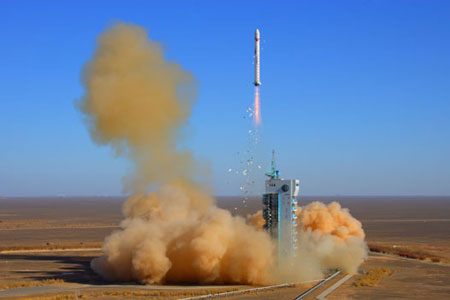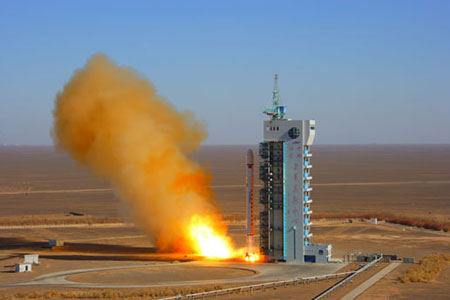
A dog is not only man's best friend, but can also show some emotions similar to humans. Dogs can sniff out unfair situations and show a simple emotion similar to envy or jealousy, Austrian researchers have said.
Friederike Range, an animal psychologist at the University of Vienna, who led a study into canine emotions, said on Monday that dogs sulked and refused to "shake" paws if other dogs got treats for tricks and they did not. "It's a more complex feeling or emotion than what we would normally attribute to animals," Range said.
The study, published in the Proceedings of the National Academy of Sciences, shows dogs licked and scratched their body and acted stressed when denied rewards given to other dogs.
Other studies have shown monkeys often express resentful behavior when a partner receives a greater reward for performing an identical task, staging strikes or ignoring what they view as inferior bonus.
The Austrian study now shows dogs are able to show a similar, if less sensitive, response, Range said.
The researchers conducted a series of experiments using different breeds of dogs to find out how two animals sitting next to each other reacted to unequal rewards after handing a paw to a person.
Friederike Range, an animal psychologist at the University of Vienna, who led a study into canine emotions, said on Monday that dogs sulked and refused to "shake" paws if other dogs got treats for tricks and they did not. "It's a more complex feeling or emotion than what we would normally attribute to animals," Range said.
The study, published in the Proceedings of the National Academy of Sciences, shows dogs licked and scratched their body and acted stressed when denied rewards given to other dogs.
Other studies have shown monkeys often express resentful behavior when a partner receives a greater reward for performing an identical task, staging strikes or ignoring what they view as inferior bonus.
The Austrian study now shows dogs are able to show a similar, if less sensitive, response, Range said.
The researchers conducted a series of experiments using different breeds of dogs to find out how two animals sitting next to each other reacted to unequal rewards after handing a paw to a person.















